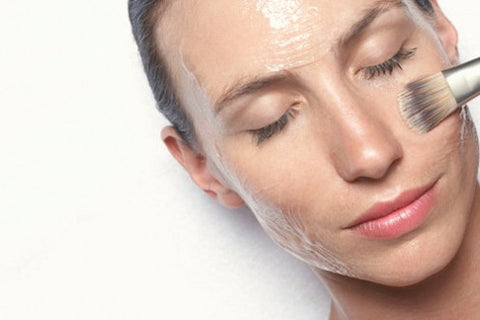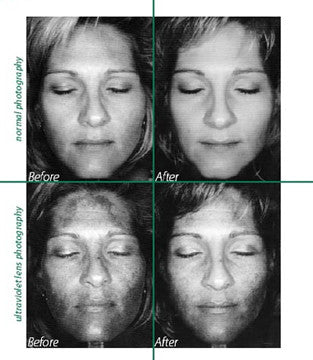
Facial Peels
Cleopatra is said to have slathered her skin with spoiled milk (full of lactic acid) to get glowing. While not a new concept, using acids to shed superficial layers and reveal a more radiant surface can be tricky. Some formulas gently dissolve dead cells; others tackle dark spots and fine lines but require considerable downtime. Learn your ABCs before you peel.
Professional peels are not a one-strength-fits-all type of service. There are roughly three levels of treatment. Each handles different issues and involves a different degree of recovery. Pinpoint your problem areas and find a solution to discuss with your esthetician.
Light Peel; for more superficial conditions, a low dose of glycolic, lactic, or salicylic acid can exfoliate the surface without major irritation. Great for acne, dullness or skin with enlarged pores. Try our AHA Signature or Clinical Facial!
Medium Peel; in a concentration of 10-35% trichloroacetic acid (commonly referred to as TCA) can be used to treat deeper, more severe sun damage, fine lines and enlarged pores. It may be used in conjunction with brightening glycolic acid. You may experience redness, swelling and peeling in 10 days to follow.
Deep Peel; TCA at around 50% can also be used to improve the appearance of deep lines, skin laxity, and severe sun damage. Due to downtime,we recommend our IPL Photo Rejuvenation instead.
Or you could try the new AFA Clay Peel the newest and most revolutionary treatment in skincare at our sister location Evolution Beauty Bar. Its remarkably effective as the source of the clay peel's powder lines in the patented amino acids (AFA). A 2 step non -surgical procedure that will immediately create smoother, softer and younger-looking skin.






